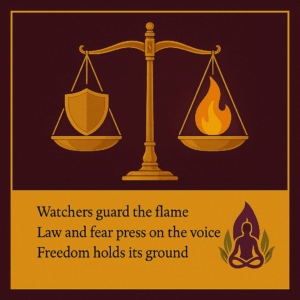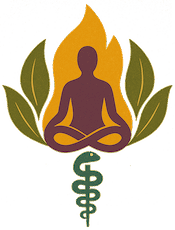 Canada’s government is introducing a trio of bills (C-8, C-9, and C-63) each designed to protect us from modern threats. Cyber attacks, online abuse, and hate crimes are real problems. But when combined, these laws could also create a culture of fear and silence. Are we truly safer if people feel they must self-censor to keep their voices, their internet access, or even their liberty?
Canada’s government is introducing a trio of bills (C-8, C-9, and C-63) each designed to protect us from modern threats. Cyber attacks, online abuse, and hate crimes are real problems. But when combined, these laws could also create a culture of fear and silence. Are we truly safer if people feel they must self-censor to keep their voices, their internet access, or even their liberty?
The Good Intentions
On paper, each bill has a clear purpose:
• Bill C-8 strengthens cyber-security. It gives the government power to direct telecom providers and critical infrastructure operators to block unsafe technology, patch vulnerabilities, and report breaches quickly. The goal: protect hospitals, banks, and power grids from foreign hackers and ransomware.
• Bill C-63 (the Online Harms Act) requires platforms to act against harmful content: child exploitation, bullying, hate speech, self-harm promotion. The goal: protect children and vulnerable groups online.
• Bill C-9 (the Combatting Hate Act) expands hate crime law and creates new offences for intimidation around places of worship and cultural centres. The goal: ensure communities can gather and worship without harassment or obstruction.
These aims are framed as necessary for a safer Canada.
⸻
The Unintended Risks
But civil liberties groups warn of a darker side:
• C-8 allows the government to quietly order telecom shutdowns or restrictions. In theory, this could cut individuals or groups off from phone or internet service with little warning and limited recourse.
• C-63 pressures platforms to remove “harmful” content quickly. To avoid fines or sanctions, companies may over-censor, taking down lawful but controversial speech; silencing debate by accident or design.
• C-9 lowers the threshold for hate-related prosecutions and adds broad new intimidation offences. Peaceful protest outside a library, mosque, or cultural centre could risk being seen as obstruction or hate-motivated intimidation.
Taken separately, each bill raises questions. Taken together, they overlap in a way that could make Canadians afraid to speak freely; worried that one wrong post, protest, or symbol could trigger consequences ranging from takedown to prosecution to disconnection.
⸻
Protest and Dissent in the Crosshairs
The Charter protects freedom of expression and peaceful assembly. Yet laws framed around “safety” and “hate” often blur into restricting dissent. For example:
• Criticizing an event such as drag queen story hour online may be lawful, but a platform could still remove it as “harmful.”
• Standing with a sign outside a cultural institution should be protected protest, but police might interpret it as intimidation.
• Organizing online could be swept up in a government cyber order if labelled a security risk.
In practice, the line between protecting the vulnerable and silencing the unpopular is very thin.
⸻
The Balance We Must Defend
The government’s goals (security, protection, dignity) are real and important. But so is the right of every Canadian to question, protest, and speak. Laws that overreach can erode freedom: not with a bang, but with a slow chilling effect, where people censor themselves just to feel safe.
The challenge is not safety versus freedom. It is finding the balance where both can stand without one extinguishing the other.
⸻
Haiku
Watchers guard the flame
Law and fear press on the voice
Freedom holds its ground
